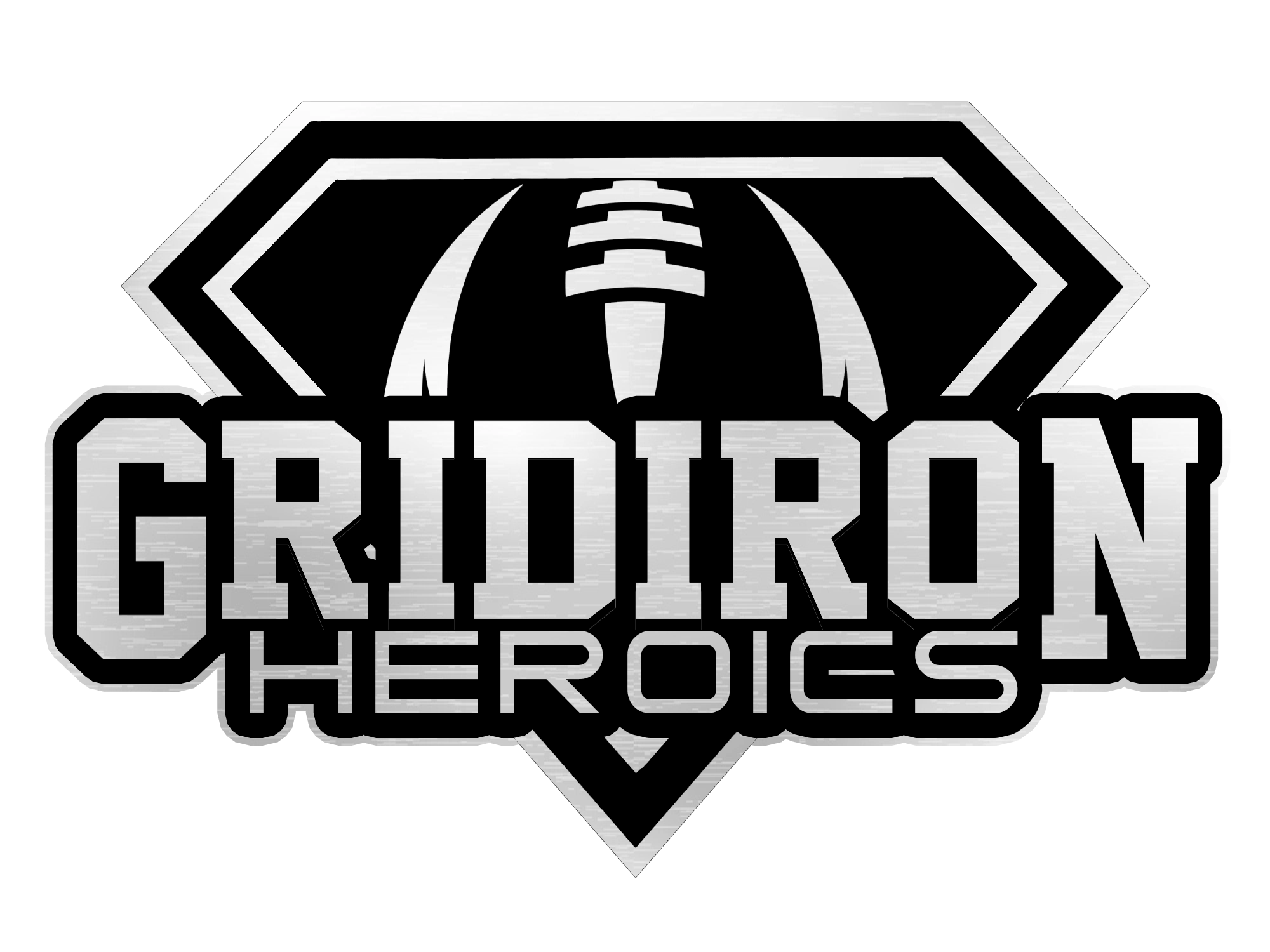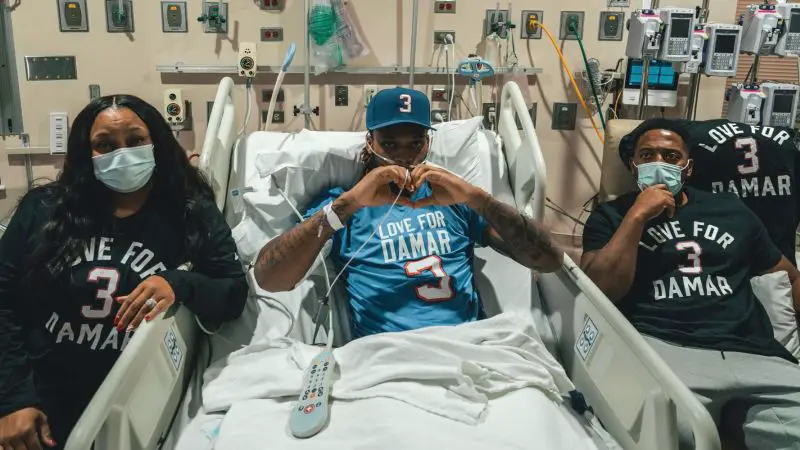Support came from an unexpected place for the Hamlin Family this past week.
Very few people can say they are the family of an NFL player who had a cardiac event on the field.
Well, only one other family actually. And they have offered their support to the Hamlin family.
Damar Hamlin

Damar Hamlin’s heart stopped on the field, and due to a quick and skilled response from the medical team, he was revived on the field and brought to the hospital.
At this time, no one is quite clear about what caused Hamlin’s sudden cardiac arrest on the field, but it is thought to be the incredibly rare commotio cordis.

Damar Hamlin and his family have received support from his teammates, the NFL, and society beyond sports fans. Most notably, his GoFundMe has passed $8 million in donations.
The world was holding its breath while we waited for reports. They have been coming in regularly, and they are so reassuring. Hamlin is at a medical facility back in Buffalo, NY. He is doing physical and occupational therapy and up and walking. He was tweeting on game day – the best tweets we’ve ever seen.
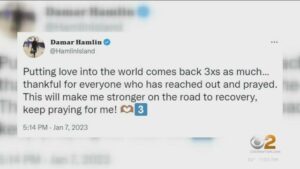
There are no words for the joy felt by all with Hamlin’s recovery.
Unexpected support
Mrs. Hughes, the widow of the late Charles Hughes, had a unique set of memories and feelings that stirred back up when she saw Damar Hamlin on the field. It brought back the night she witnessed her husband collapse to the ground and receive CPR for a cardiac event.

Mrs. Hughes empathizes with Hamlin’s mother and expresses her sorrow for the entire family Monday night. Her son, Brandon Hughes, a toddler when his father died, also offered to speak with the family, having experienced something very similar.
A little bit about Chuck Hughes
Chuck Hughes was born in Pennsylvania. He moved to Texas with his 12 siblings at a young age. Chuck attended university in Texas and was drafted in the 4th round of the 1967 NFL draft by the Philadelphia Eagles. He was a wide-receiver, but mostly played special teams for the Eagles and then in 1970 the Detroit Lions. Chuck was a husband to Mrs. Sharon Hughes, and the father of a toddler, Brandon.
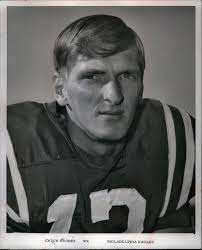
At the beginning of the 1971 season, Chuck Hughes had his first heart attack. Doctors conjectured that Hughes sustained a spleen injury from a painful hit that likely triggered the heart attack. After collapsing in the locker room, he was taken to the hospital. No formal diagnosis was made. He was discharged from the Henry Ford Hospital four days later and immediately returned to play. Chuck developed acid reflux, fevers, upset stomach, and sharp pains in his chest and stomach, but he continued to play through them because the pain was “not that bad.”
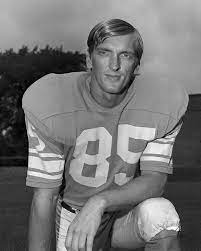
Just short of two months later, Hughes would play his final game at age 28 on October 24th of 1971. Chuck caught a pass in the fourth quarter of the game and was immediately in a collision sandwich, both high and low. He was described as “crawling up,” adjusting his helmet, and heading back to the huddle. Three plays later, he wouldn’t make it back to the huddle.
The final play
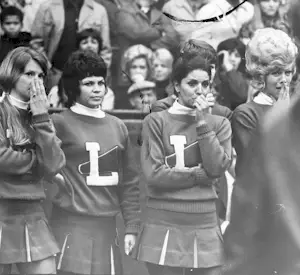
Three passes later, Chuck Hughes would make eye contact with Dick Butkus, the Chicago Bears linemen Hall of Famer, then his eyes rolled back in his head and fell. For a moment, players thought he was faking an injury – not unheard of for the time. People also thought Butkus might have hit him, and many a player had dropped post-Butkus hit. There are varying accounts – some people said help came quickly, and some did not.
We do know the Lions couldn’t see him clearly through all the players on the field, but enough time passed that someone in the press box said, “somebody better get out there.” Butkus decided to take a closer look and saw Hughes was convulsing. He immediately began dramatically waving towards the Lion’s bench. Bob Jeter, a defenseman for the Bears said “It seemed so terribly long for anyone to get to him.”
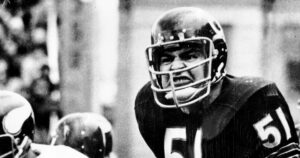
At that point, Doctors and athletic trainers ran for the fallen player and were joined by a doctor from the crowd offering to help. The fans didn’t really notice – many players fell and had to be attended to. People realized things were not right when it appeared one of the doctors was doing mouth-to-mouth. Chest compressions from another doctor, described as “pounding” Hughes in the chest with his fist, certainly alarmed people. Hughes also received an injection, likely epinephrine, hoping to restart his heart.
CPR at the time was relatively new in 1971. The first portable external defibrillator (an AED) was invented in 1957, and mouth-to-mouth was combined with chest compressions and labeled CPR in 1960. Standardized training wasn’t even proposed until 1966. AEDs became publicly available in the 1990s. Hughes received the best care available, but what was available was subpar. CPR continued for 10-15 minutes until the ambulance arrived, and Hughes was loaded up in the back with his wife and rushed to the Henry Ford hospital.
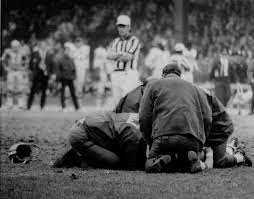
The after-math
His heart was never restarted. People suspected he was dead when they carted him off. Charles Hughes’s arms hung limply from the side of the stretcher, and his body was turning blue. The news was released via the hospital in about one hour that Hughes was declared dead. The game continued, with over 50,000 stunned fans and players going through the motion. The Lions waited in the locker room until they received a status update on Hughes’s health. The universe was out for the Detroit Lions – one of the plane engines lost 1/3rd of its power mid-flight on the way home, and an emergency landing had to be made.
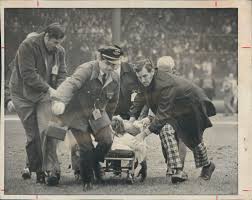
It took 36 hours for ESPN or the NFL network to even mention that Hughes had died. Chuck Hughes deserved more than that. He also deserved better care – Mrs. Hughes sued the Detroit Lions, the Henry Ford hospital, and individual doctors. The parties settled outside of court for an undisclosed amount. The Henry Ford Hospital discharged Chuck with a fever and no diagnosis. Many team doctors ran EKGs and other exams and claimed they couldn’t find anything.
Autopsy reports showed that he had atherosclerosis and died of a heart attack; a blood clot had been dislodged, likely due to a hit- he also had an enlarged spleen and liver, likely from the hit. Theoretically, this condition should have been picked up by screenings and other medical care like identification of heart attack related symptoms. A cursory family history would have revealed a family history of heart disease, something that should have tipped off the doctors that Hughes could be experiencing a heart attack despite his young age. The Hughes family feels it’s important to make sure that the medical care offered has improved, and Mrs. Hughes appreciates everyone remembering her husband.

Support for all
Our thoughts are with the Hamlin, Hughes family, the Buffalo Bills, and Tee Higgins.
It cannot be emphasized enough that Higgins was in no way responsible for these events. There was less than a 1 in 200 million chance that a hit would be sustained in that exact location, in the 1/5th of a second that Hamlin’s heart was vulnerable and would come to a stop upon impact.
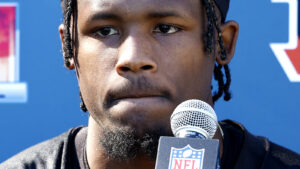
Higgins had a very emotional response to his accidental hit. We don’t always know the mental health of the people around us, so it is vital to envelop Higgins with love and support. Nothing good will come from blaming him for a freak accident he had no control over.
For more content like this, look here.
